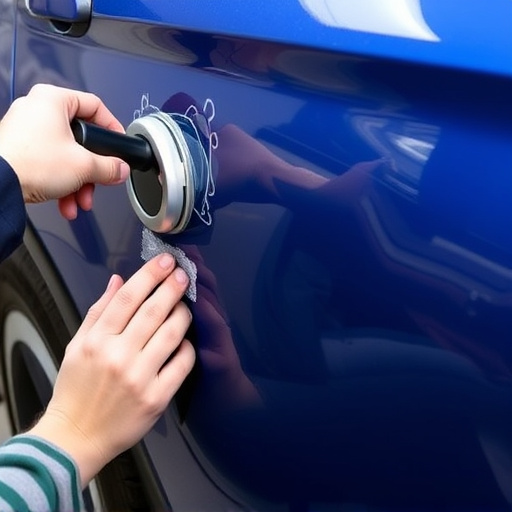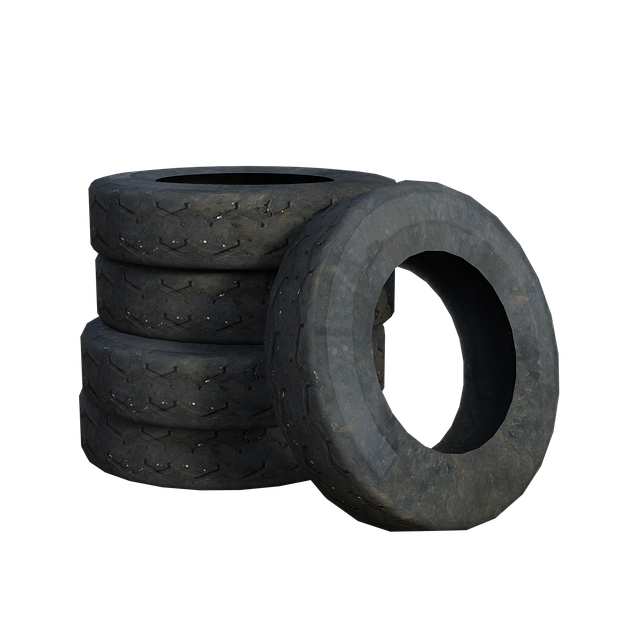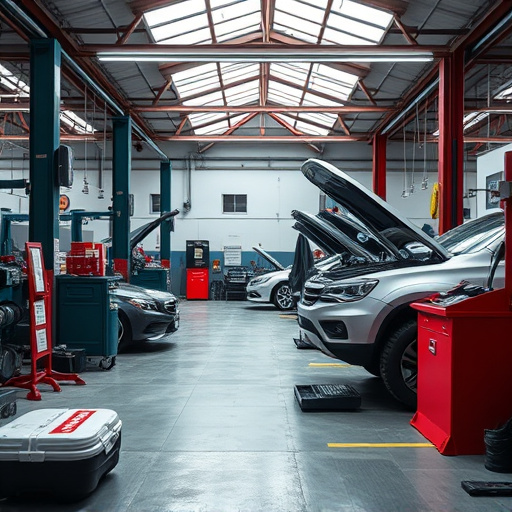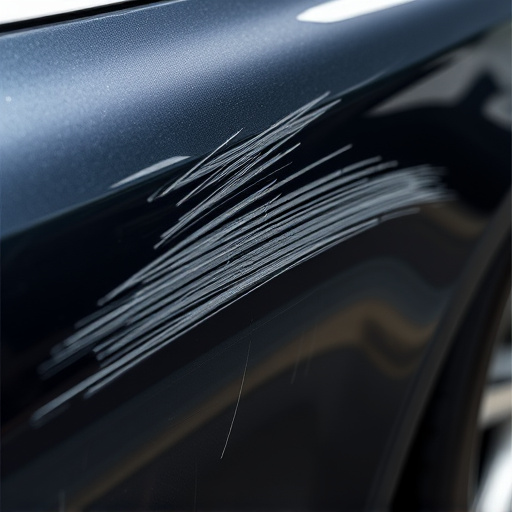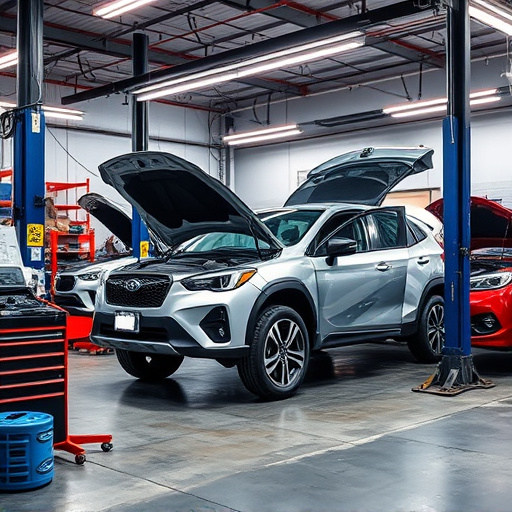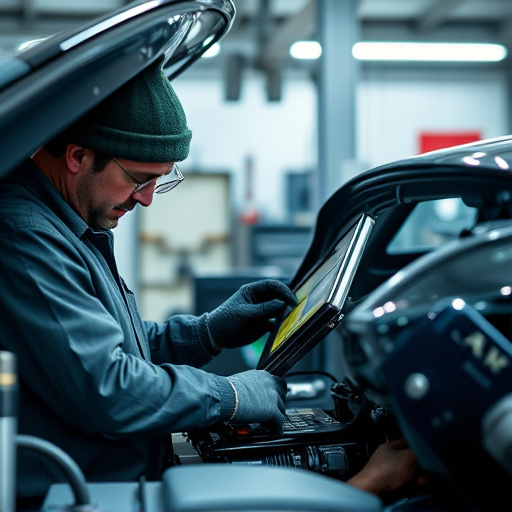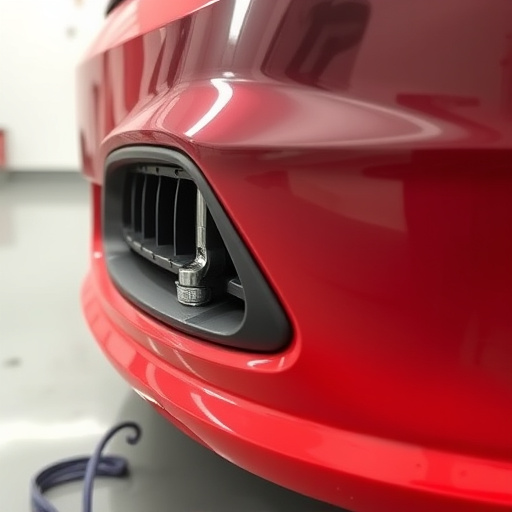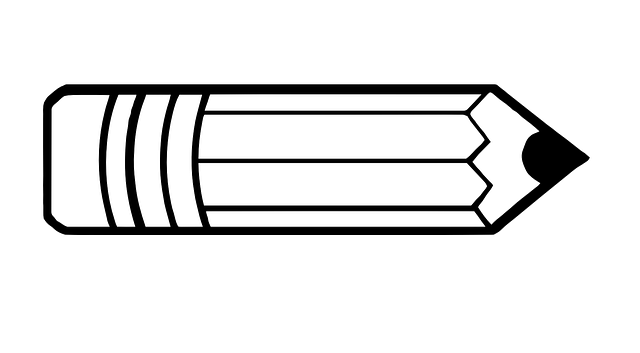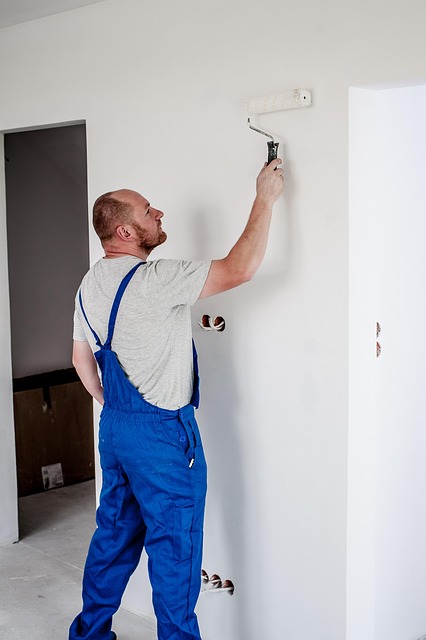OEM repair procedures are detailed guidelines used by manufacturers to restore original vehicle parts, ensuring performance, safety, and aesthetics. This involves tasks like car paint repair and dent removal, requiring skilled technicians and specialized equipment. Auto body shops must master these procedures for high-quality services, customer satisfaction, and preserving vehicle value. Key steps include thorough inspection, disassembly, using genuine replacement parts, precise reassembly, testing, and quality control, especially challenging with modern vehicles' complexity and availability of genuine parts.
In today’s tech-driven landscape, understanding OEM repair procedures is paramount for both consumers and professionals alike. This comprehensive guide delves into the fundamentals of OEM repair procedures, offering a clear definition and detailed exploration of key steps involved. We also shed light on common challenges, providing practical solutions to enhance efficiency and effectiveness. By mastering these basics, you’ll be equipped to navigate OEM repair procedures with confidence and expertise.
- Defining OEM Repair Procedures: Unlocking Understanding
- Key Steps in Performing an Effective OEM Repair
- Common Challenges and Solutions in OEM Repair Processes
Defining OEM Repair Procedures: Unlocking Understanding
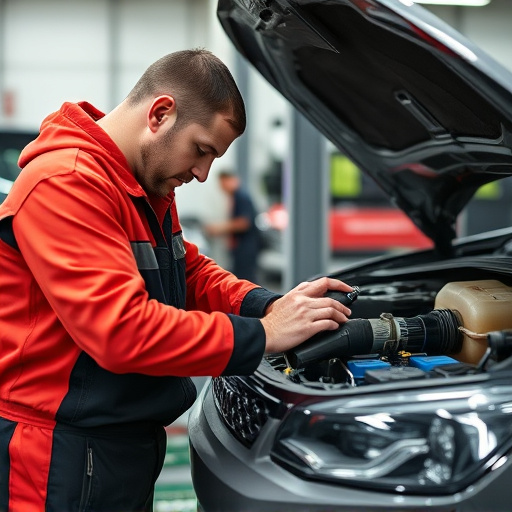
OEM repair procedures refer to the specific guidelines and techniques used by manufacturers to restore or replace original equipment parts in vehicles. These procedures are meticulously designed to ensure that repairs match the vehicle’s original specifications, maintaining its performance, safety, and aesthetics. Understanding OEM repair involves delving into the intricate processes that auto body shops follow to facilitate these precise restoration practices.
This process encompasses various tasks, from car paint repair, where skilled technicians use specialized equipment and paints to match the vehicle’s exact color, to dent repair, which requires careful manipulation of metal without compromising structural integrity. Auto body shops must have a comprehensive grasp of OEM repair procedures to deliver top-quality services, ensuring customer satisfaction and preserving the vehicle’s value.
Key Steps in Performing an Effective OEM Repair
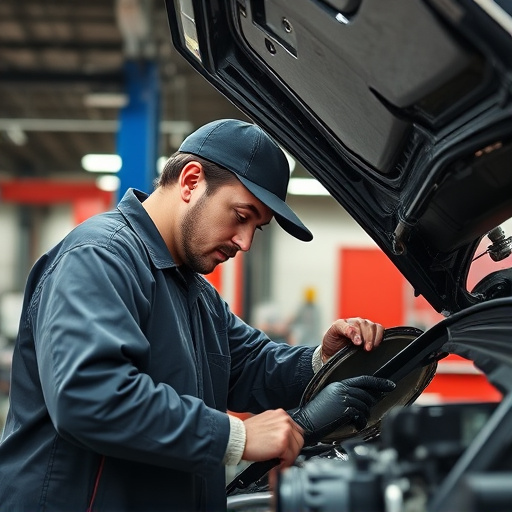
Performing an effective OEM (Original Equipment Manufacturer) repair involves several key steps. First and foremost, thorough inspection is crucial to identify the exact issue and scope of work required. This includes visualizing the damage, assessing the surrounding components, and understanding the root cause of the problem. Once diagnosed, disassembly becomes the next step in many OEM repair procedures. Carefully separating the affected parts from the vehicle allows for a detailed analysis and facilitates precise repairs.
The heart of an OEM repair lies in acquiring genuine replacement parts that match the exact specifications of the original components. For instance, in Mercedes Benz repair, using authentic Mercedes parts ensures a seamless fit and maintains the car’s integrity. Similarly, for classic car restoration projects, seeking out period-correct parts is essential to preserving historical accuracy. Following installation, reassembly should be done meticulously, adhering to the manufacturer’s guidelines, and ensuring all bolts and fasteners are securely fastened. Lastly, proper testing and quality control measures guarantee that the repair meets the required standards.
Common Challenges and Solutions in OEM Repair Processes
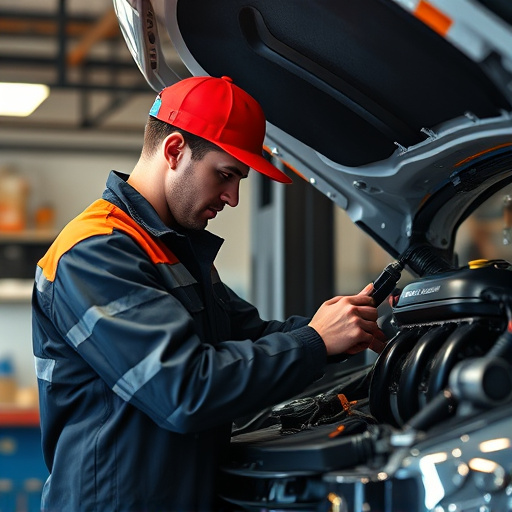
In the realm of OEM (Original Equipment Manufacturer) repair procedures, several challenges commonly arise that can disrupt the smooth execution of restoration projects. One significant hurdle is the intricate nature of modern vehicles, which often require specialized tools and technical expertise to handle delicate components accurately. This is especially true for complex systems like engines or electronic control units (ECUs). Auto repair near me shops must invest in advanced diagnostic equipment to decipher error codes and identify issues within these sophisticated networks.
Another challenge pertains to acquiring genuine replacement parts, particularly for older vehicle models. Automotive body shops may face difficulties in sourcing OEM parts, leading to the need for innovative solutions. This is where a strategic partnership with reliable suppliers and an extensive network of distributors can prove invaluable. For instance, fender repair specialists might rely on aftermarket alternatives that closely mimic OEM specifications until genuine parts become available again, ensuring the restoration maintains its integrity.
Understanding OEM repair procedures is essential for anyone looking to streamline their vehicle maintenance. By grasping the fundamentals, key steps, and common challenges outlined in this article, you’re equipped with the knowledge to perform effective OEM repairs. Mastering these processes not only enhances your automotive skills but also contributes to a more efficient and cost-effective approach to vehicle upkeep. Remember, when it comes to OEM repair procedures, understanding is empowering.
